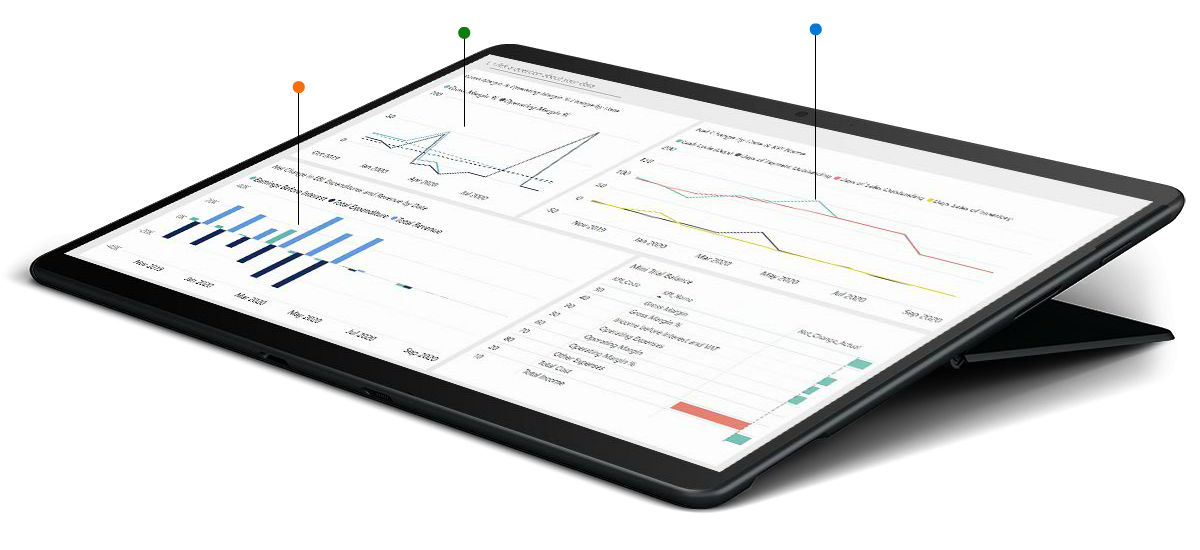Model-driven apps provides a no-code or low-code component approach to app development. Model-driven app design doesn’t require code and the apps you make can be simple or very complex. Model-driven apps run with the new Unified Interface client which provides a responsive accessible design running in browsers and on popular mobile devices. PowerApps is the platform on which Dynamics 365 apps are natively built.
Model apps can run as either a standalone or as the backend to a canvas app. One of the core benefits of Model-driven apps is their ability to generate data models. When inputted, the data is defined as a structure which allows the app to conform to your information.
Model-driven and canvas apps allow to easily build business apps. Model-driven apps start with your data model – building up from the shape of your core business data and processes in the Common Data Service to model forms, views, and other components. Model-driven apps automatically generate great UI that is responsive across devices.
We can connect to Common Data Service (CDS) easily through canvas applications or a model-driven application, but in a model-driven application, it’s much easier to connect to a CDS model. CDS is a layer that connects to things like Dynamics on one side to things like PowerApps and Flow on the other side.
The model-driven mode presents a navigation pane with content relevant to model-driven apps. The Home tab includes links to key items around modeling data, creating business processes, and creating an app. When a PowerApps trial environment is created, the environment includes three sample apps. The Fundraiser, Innovation Challenge, and Asset Checkout samples highlight key features within model-driven apps.

The model-driven mode’s Apps list contains all of the model-driven apps available in your environment.

Creating or editing a model-driven app will open the App Designer which allows defining a navigation in a site map, dashboards, business processes, forms, and views.

The model-driven mode shares the entity editing and management with the canvas mode.

Model-driven app design provides the following benefits:
- Rich component-focused no-code design environments
- Create complex responsive apps with a similar UI across a variety of devices from desktop to mobile
- Rich design capability
- Your app can be distributed as a solution
The approach to model-driven app making
At a fundamental level, model-driven app making consists of three key focus areas.
- Modeling business data
- Defining business processes
- Composing the app


